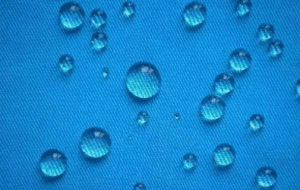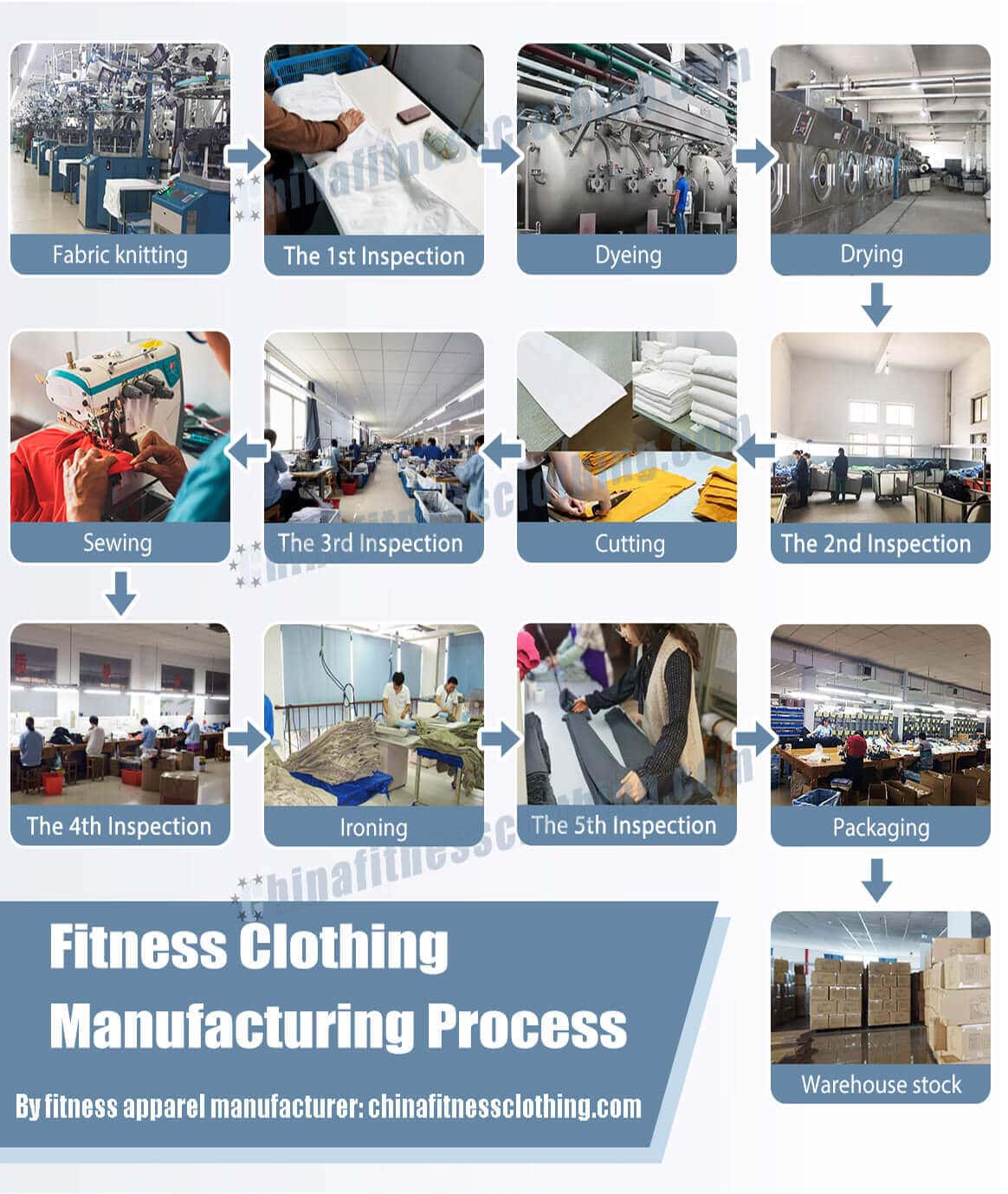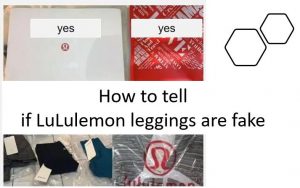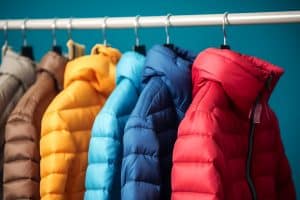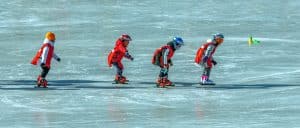What is the classification of fabrics? There are many kinds of fabrics in the world. According to four different classification methods, fabrics can be divided into the following categories.
Classification of Fabrics: Based On Different Processing Methods
- Woven fabric: a fabric formed by interweaving yarns in two systems of vertical and horizontal lines on the loom according to certain rules. There are denim, brocade, board, linen and so on.

- Knitted fabric: a fabric formed by knitting yarns into loops. It is divided into weft knitting and warp knitting. Many types of fitness apparel, seamless clothing are both knitting fabric items.
- Weft-knitted fabric is made by feeding the weft into the working needles of the knitting machine from the weft direction so that the yarns are sequentially bent into loops, and then threaded into each other.
- Warp knitted fabric is made by using one or several groups of yarns arranged in parallel, which are fed to all working needles of the knitting machine in the warp direction, and are formed into loops at the same time.

- Non-woven fabric: a fabric made by bonding or stitching loose fibers. At present, two methods of bonding and puncture are mainly used. Using this processing method can greatly simplify the process, reduce costs, improve labor productivity, and has a broad prospect for development.
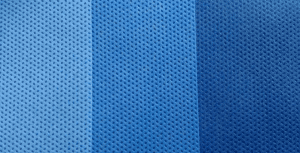
Classification of Fabrics: Based On Yarn Raw Materials That Make Up The Fabric
- Pure fabric: The raw materials of fabrics are all made of the same fiber, including cotton fabrics, wool fabrics, silk fabrics, and polyester fabrics.
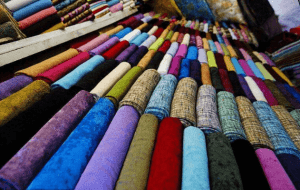
- Blended fabric: The raw materials of the fabric are made of two or more different types of fibers, which are blended into yarns, such as polyester-viscose, polyester-acrylic, polyester-cotton and other blended fabrics.

- Mixed fabric: The raw material of the fabric is made of single yarns of two kinds of fibers, which are combined into strands. There are low-elastic polyester filaments and medium-length hybrids, as well as polyester staple fibers and low-elastic fibers. Polyester filaments are mixed into strands and so on.
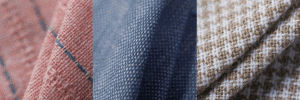
- Interwoven fabric: the two direction systems of the fabric are made of different fiber yarns, such as antique satin interwoven with silk and rayon, nylon and rayon interwoven with Nifu spinning.
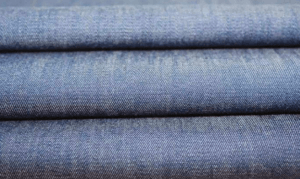
Classification of Fabrics: Whether The Fabric Material Is Dyed
- White fabric: raw materials without bleaching and dyeing are processed into fabrics, which are also called raw fabrics in silk weaving.
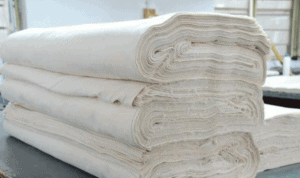
- Colored fabric: the bleached and dyed raw materials or fancy threads are processed into fabrics. Silk weaving is also called cooked fabric.
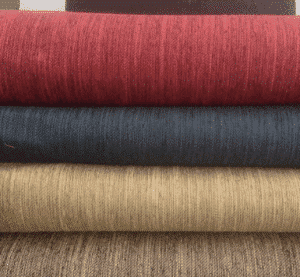
Classification of Fabrics: Based On Novel Fabrics
- Bonded fabric: It is made by bonding two pieces of cloth back to back. Bonded cloth organic fabrics, knitted fabrics, non-woven fabrics, vinyl plastic films, etc., and they can also be combined in different ways.
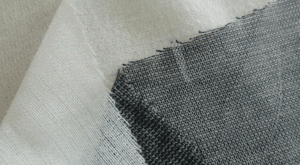
- Flocking fabric: The fabric is covered with short and dense fiber fluff, with a velvet style, which can be used as clothing and decoration materials.
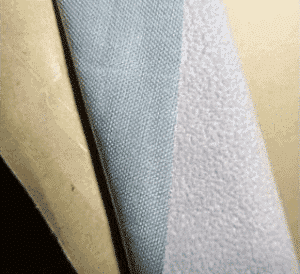
- Foam plastic laminated fabric: The foam plastic is adhered to the woven or knitted fabric used as the base cloth, and it is mostly used as cold-proof clothing.

- Coated fabric: The base fabric of woven or knitted fabric is coated with polyvinyl chloride (PVC), neoprene, etc. It has superior waterproof function.
